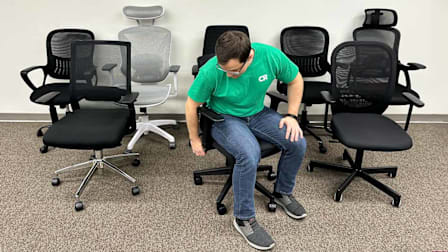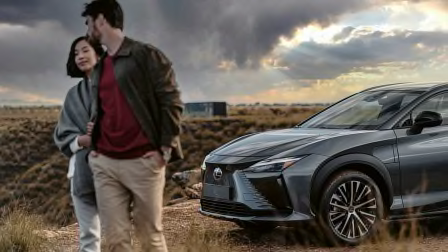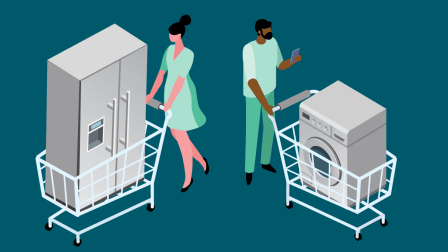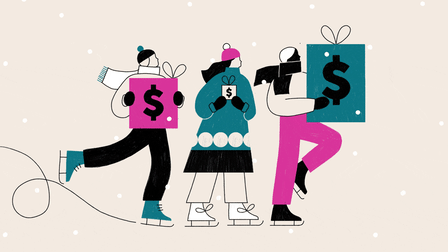How COVID Has Changed the Way Americans Shop
Some habits picked up during the long lockdown are likely to continue, experts say
As the nation recovers from the COVID-19 pandemic, it’s baby boomers—not teenagers—who want to hang out at the mall.
“The boomers very much are looking to get back in the stores,” says Greg Mishkin, a vice president at Escalent, a human behavior and analytic advisory firm. "But they’re also the most cautious about doing so because they’re still very concerned about COVID.”
At the same time, “younger generations have less of that concern about the safety behind it, but they don’t have that need to be in the store,” Mishkin says. “So they’re more likely to take the convenience of having things shipped to home. If they need something right away, they’ll get something with curbside delivery.”
In-Store Pickups
Picking up online orders at the store, which became commonplace during the lockdown, is expected to continue—but with a twist. Instead of doing pickups curbside, more stores are moving it inside the store, so consumers have a chance to look around and possibly buy something else.
“People maybe were avoiding [inside pickups] in the past, so they were just doing curbside pickup. But now they’re ordering online pickup and they stay a little bit to wander around the store because they feel more confident,” says Julio Sevilla, a marketing professor at the University of Georgia’s Terry College of Business.
Buying online and picking up in the store, also known as BOPIS, has become widely accepted, according to a recent survey by ChaseDesign. The poll found that 90 percent of shoppers will go into the store when picking up an order, with Walmart, Target, and Kroger providing the best experience.
Mobile Checkout
The use of technology to shop became much more widespread during the lockdown, both at home and in stores.
“The pandemic has drastically accelerated the implementation of new technology for many retailers,” Mark Mathers, a vice president at the National Retail Federation, said in a statement. “While these developments can typically take several years of meticulous planning, many were unveiled to consumers in a matter of weeks.”
Mobile check-out, for instance, became commonplace. It not only helped enforce social distancing but sped up the shopping process. Consumers were able to use their smartphones to scan items and pay for them with a credit or debit card.
The growth of mobile checkout was actually spurred by older, less tech-savvy shoppers. Many of them didn’t like navigating through websites at home, so they preferred coming to the store—as long as it was safe. Retailers quickly responded by offering mobile checkout, which made shopping faster and minimized contact with store employees.
“Retailers that end up understanding who their customers are and adapting their experience to the needs of those specific customers are the ones that are going to win,” says Mishkin, the consumer and retail expert. “Those that sit back, and are complacent . . . are going to be failing.”
Other Technology
But it wasn’t just mobile checkout that grew during the pandemic. Shoppers learned to use a variety of technology while in lockdown, says Catherine Gutierrez, vice president of marketing at MFour Mobile Research.
“COVID opened the option for people to buy things more easily through apps and websites, and 73% of people increased their app use in the process,” Gutierrez wrote in an email. “When we dug into what they want out of apps and why they’re so popular —it boiled down to a better customer experience. People like easy and simplicity.”

















